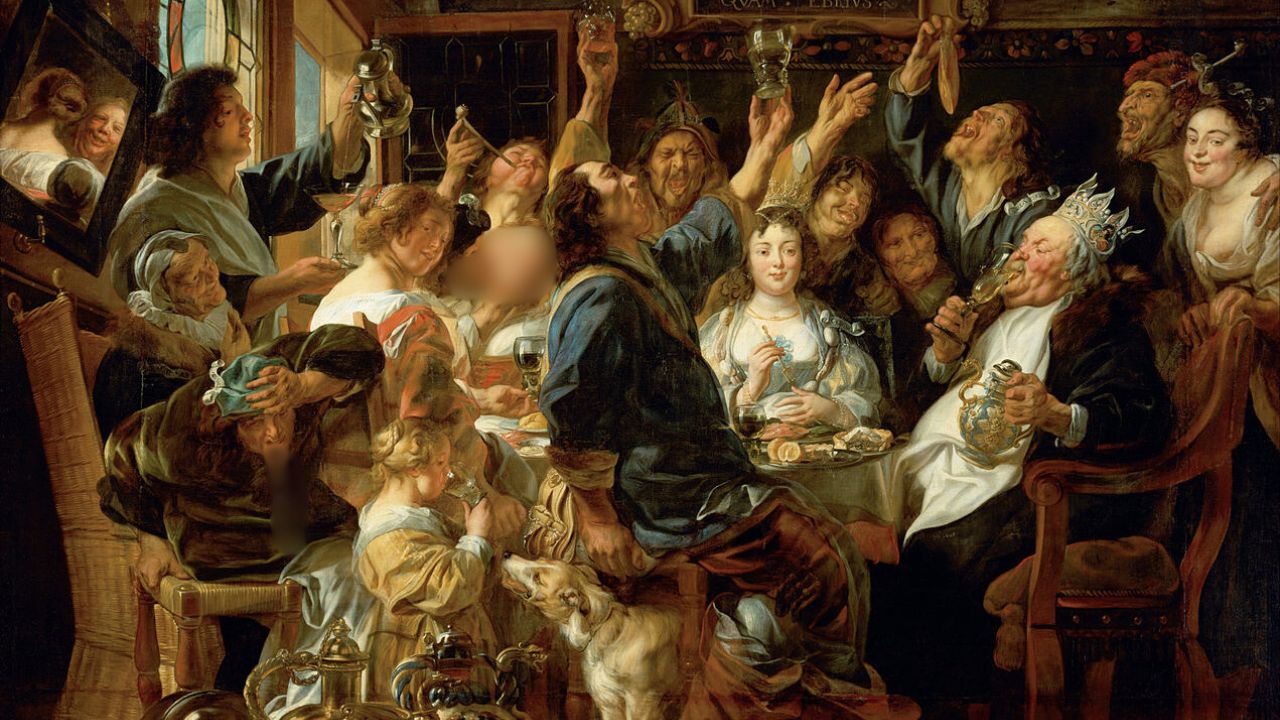In many parts of Europe, a strange but fun tradition once ruled the winter season. Known as “King of the Bean,” this custom picked a ruler for the night by hiding a bean in a cake. Whoever found it became the temporary king or queen of the party. Dating back to Roman times and lasting through centuries of festivals, this tradition shaped modern celebrations. It was part fun, part luck, and full of meaning.
1. The Bean Was Hidden in a Cake

At the heart of the tradition was a cake with a dried bean hidden inside. During January feasts, especially on January 6 for Epiphany, each guest got a slice. Whoever found the bean became the ruler of the night. They wore a crown and gave playful commands. This surprise moment added excitement and gave ordinary people a taste of fun leadership during the cold, dark winter season.
2. Ancient Roman Roots Inspired It
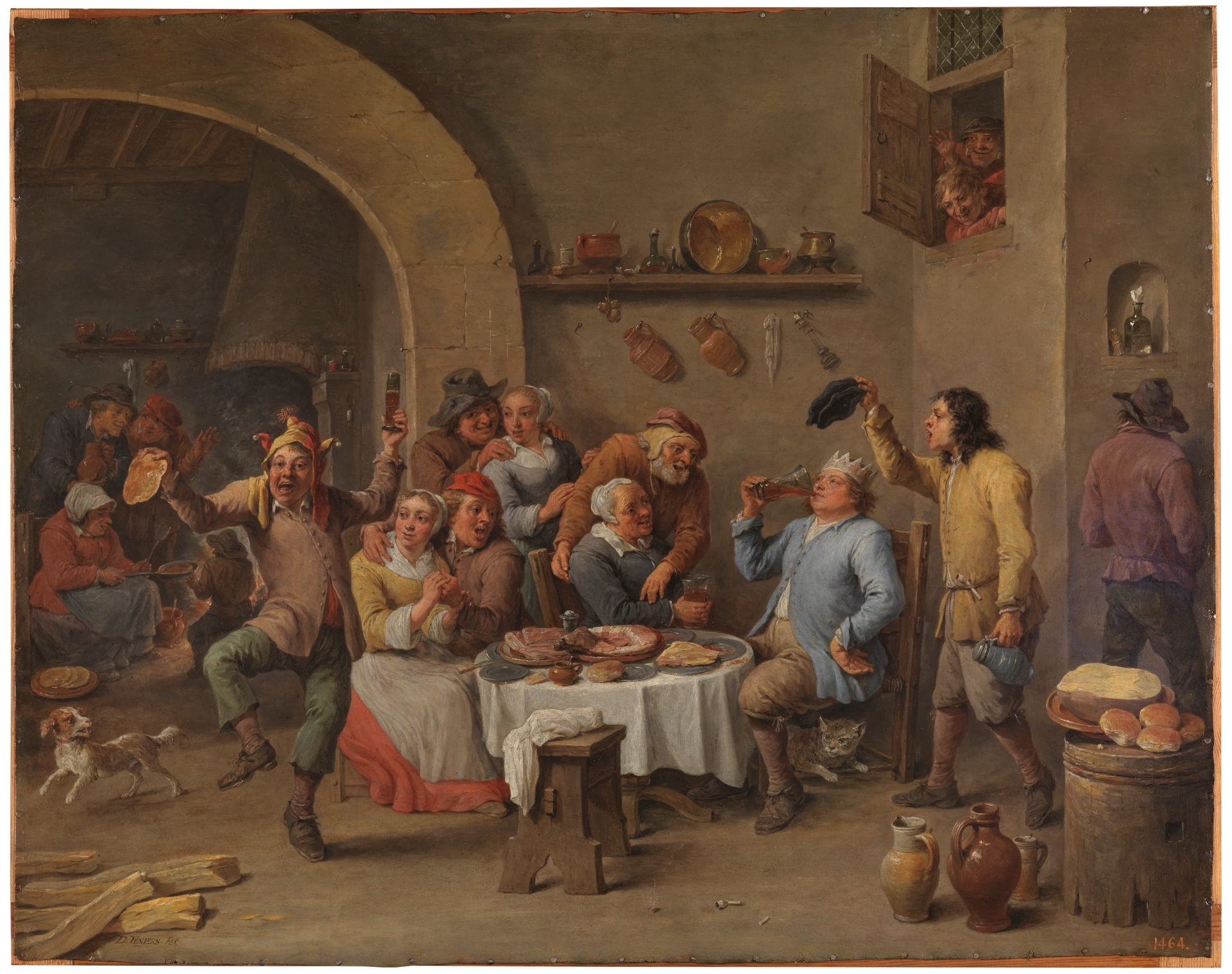
Historians trace the tradition to Saturnalia, a Roman festival held in December. It honored Saturn, the god of time and harvest. Roles were flipped, servants could act like masters, and fun ruled over rules. A mock ruler called the “Lord of Misrule” was chosen to lead the fun. Over time, this role evolved into the King of the Bean, keeping the idea of silly power alive in medieval Europe.
3. France Popularized the “Galette des Rois”
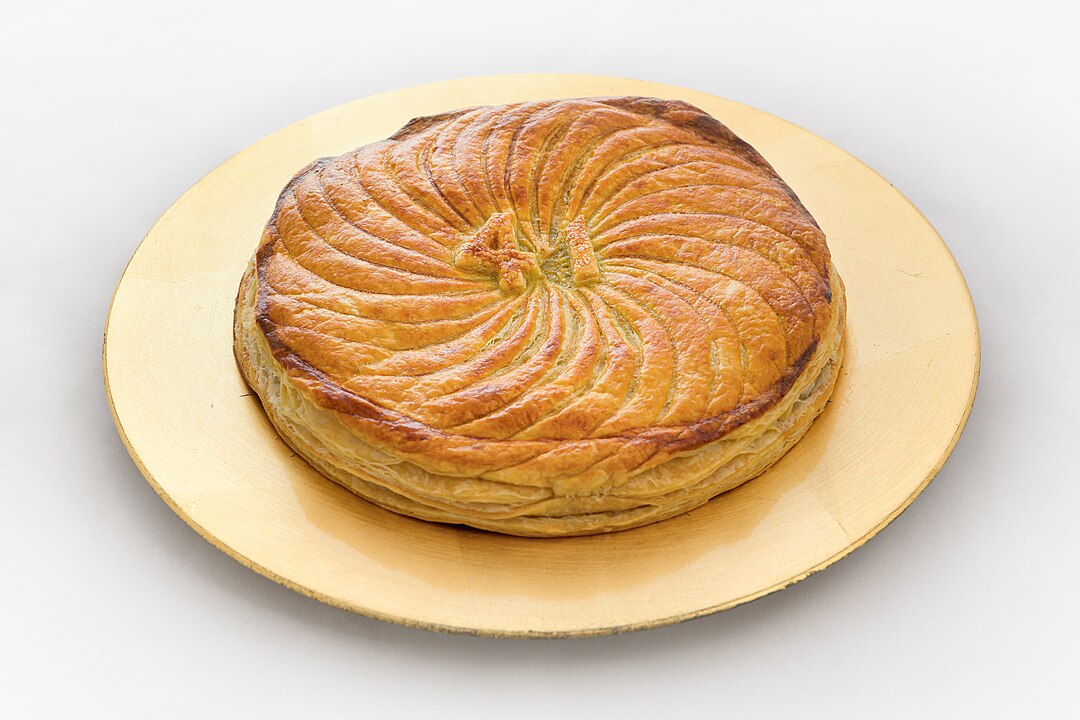
In France, this custom turned into a pastry tradition called “galette des rois.” The round, flaky cake was filled with almond cream and a tiny object, originally a bean. In the 19th century, small porcelain figures replaced beans. Whoever found it in their slice was crowned and expected to host the next party. Bakeries across France still sell these cakes during Epiphany in early January.
4. England Had Its Own Twist
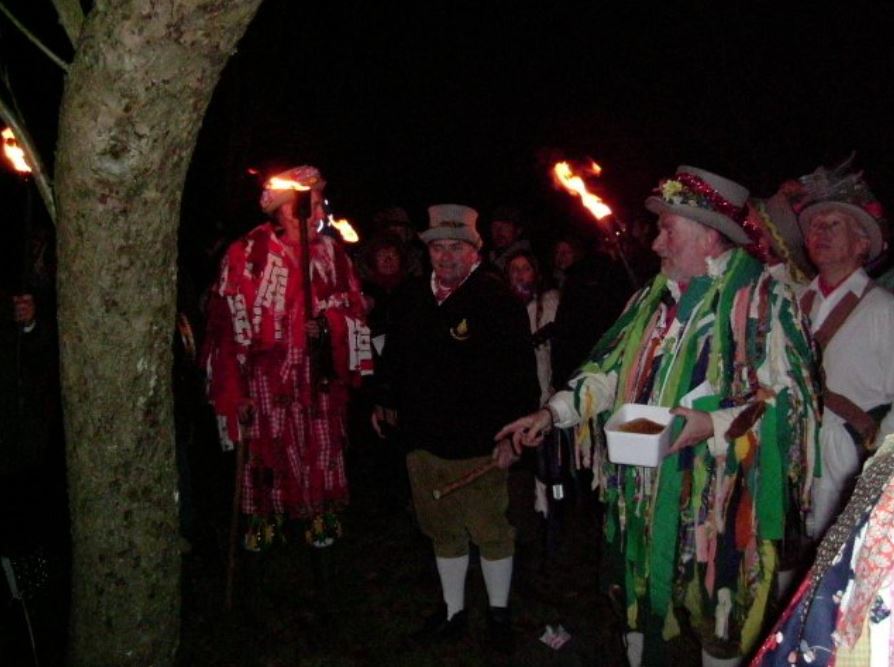
In medieval England, the bean game became part of Twelfth Night celebrations. A man who found the bean became the “Bean King,” while a woman who found a pea became queen. They led dances, plays, and toasts, turning serious events into comedy. The fun often included masks and music. The tradition was embraced in homes, courts, and villages as a way to laugh together before the new year began.
5. Spain Turned It into a Royal Parade
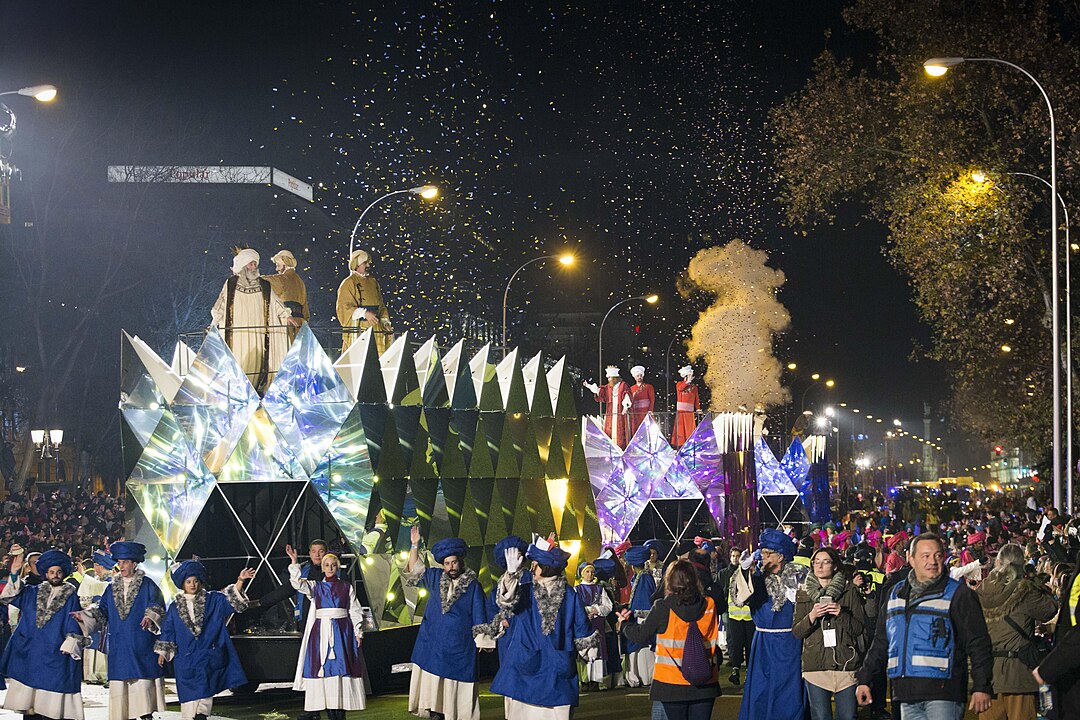
In Spain, the Epiphany celebration became Día de Reyes, or Three Kings’ Day. Families share a sweet ring-shaped cake called “roscón de reyes.” Inside, there’s usually a tiny figure and a dry bean. Finding the figure makes you the “king” for the day, but getting the bean means you must buy the next cake. The event often includes parades and gift-giving, blending the bean tradition with religious customs.
6. Colonial America Continued the Tradition

When French settlers arrived in Louisiana, they brought the King Cake with them. It became a key part of Mardi Gras. The modern cake contains a small baby figurine instead of a bean. The person who finds it is expected to host the next party or buy the next cake. The colorful cakes, usually decorated in purple, green, and gold, are now a symbol of New Orleans culture and celebration.
7. Some Churches Tried to Ban It
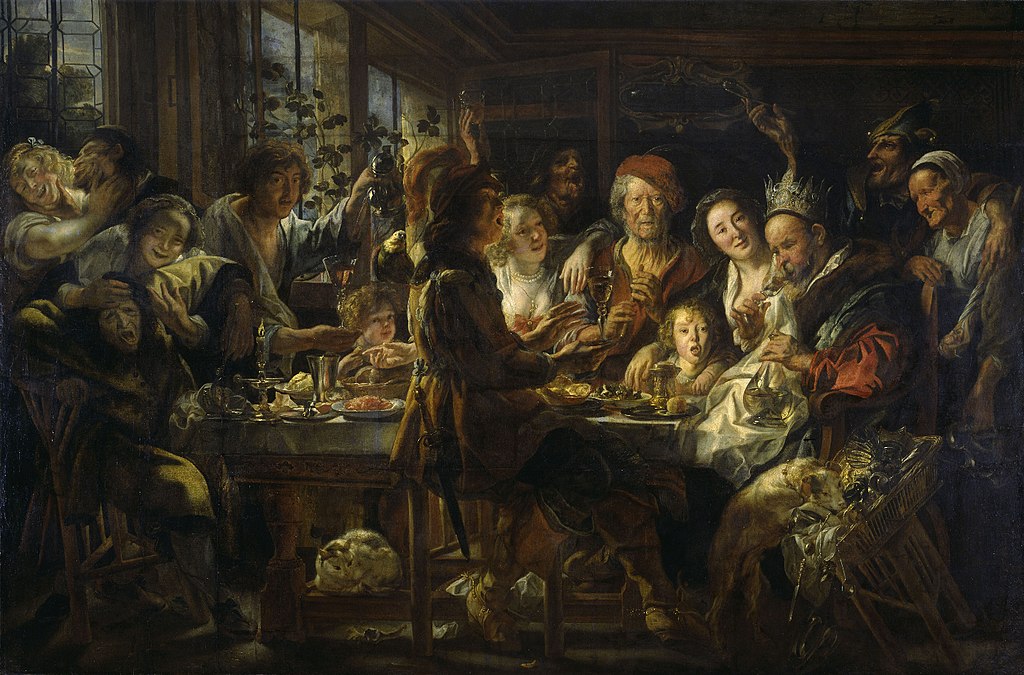
During the 1500s and 1600s, some religious leaders tried to end the King of the Bean tradition. They saw it as disrespectful or too wild, especially when it mocked real power or involved drinking. In some regions, laws were made to stop the practice. But people often continued in secret or found ways to bring it back later. The joy and laughter it brought made it hard to erase.
8. It Inspired the “Lord of Misrule”
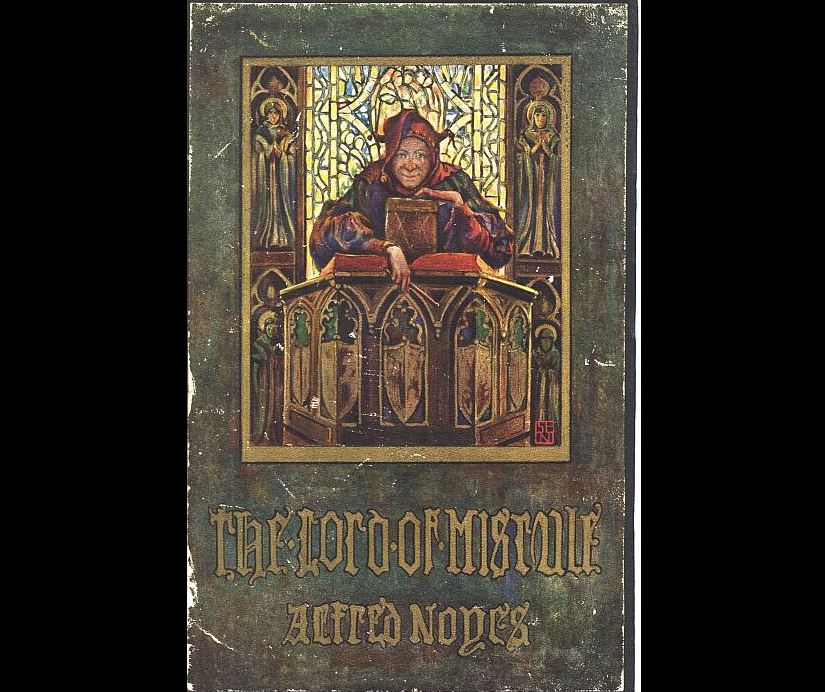
In England, the King of the Bean helped shape a related role called the “Lord of Misrule.” This person was picked to organize holiday plays and dances, often leading silly or backward versions of real events. Even schools and royal courts had their own misrule lords. The tradition allowed people to enjoy controlled chaos and step outside the strict rules of daily life, if only for one night.
9. Versions Still Exist Today

The original King of the Bean may have faded, but similar customs live on. France, Spain, and New Orleans still celebrate with cakes that hide a surprise. In some classrooms and homes, the idea is brought back for fun. While modern tokens are often plastic babies or trinkets, the meaning remains: a moment of joy, surprise, and community that continues to link the present with the past.
